Nagadeepa Temple: A Sacred Island Temple in Northern Sri Lanka
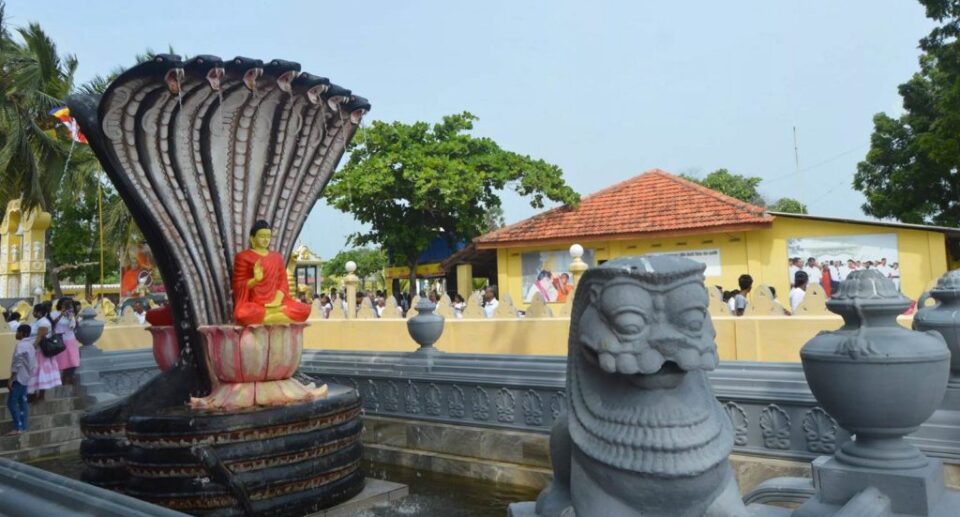
Hidden away in Sri Lanka’s far north, in the serene waters of the Indian Ocean, Nagadeepa Purana Viharaya is a holy Buddhist temple rich in historical and religious significance. Found on Nainativu Island (Nagadeepa), hardly a stone’s throw away from Jaffna’s coast, this sacred site is considered to be among the Solosmasthana—the sixteen holiest shrines of Sri Lankan Buddhism that were visited by the Buddha himself.
Nagadeepa Temple is not just a place of worship; it’s a symbol of peace, reconciliation, and cultural unity in a region long plagued by war. Pilgrims, students of history, and thrill-seeking travelers alike are drawn to its remarkable setting, legendary history, and spiritual peace.
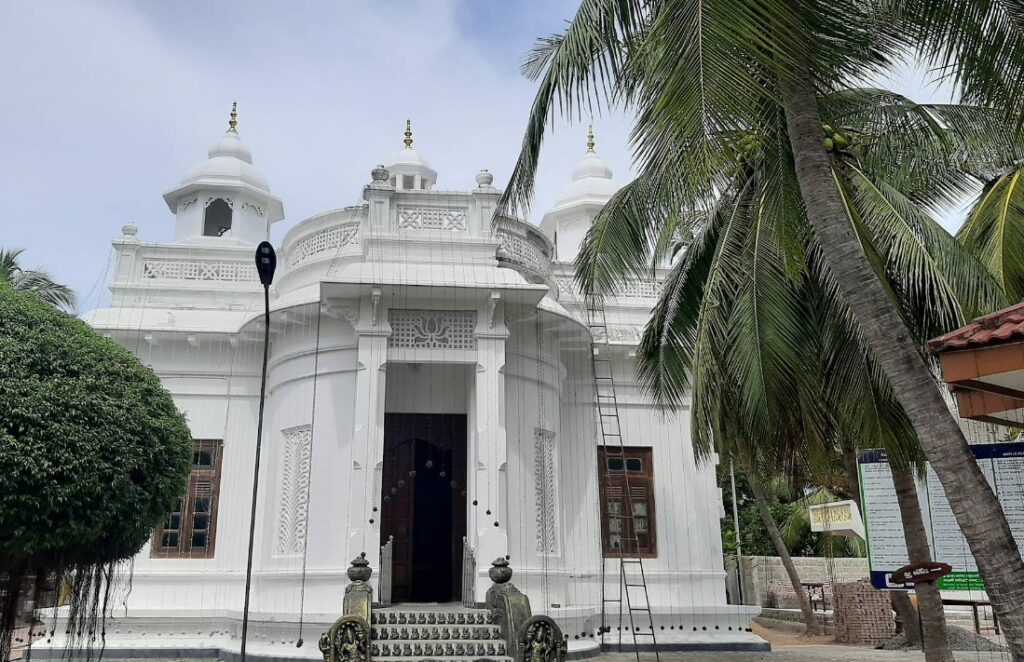
Historical and Religious Significance: The Buddha’s Visit
According to Sri Lankan Buddhist chronicles such as the Mahavamsa, the Buddha paid a visit to Nagadeepa during his second visit to Sri Lanka in the 5th year following his enlightenment (approximately 528 BCE). He visited to settle a dispute between two Naga kings, Chulodara and Mahodara, regarding a jewelled throne. When the kings, upon being inspired by the Buddha’s teachings, stopped fighting their war and offered the throne to the Buddha, he later handed it back to the people of Naga as a symbol of peace.
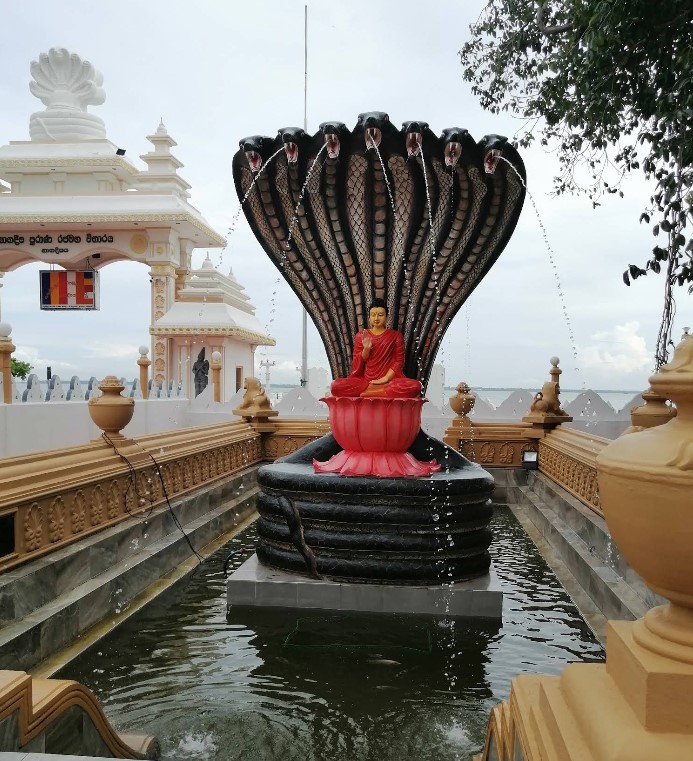
A gesture such as this act of peace-making turned Nagadeepa into a shrine of highest regard, symbolizing the power of non-violence, benevolence, and harmony. A stupa was later built on the site where the Buddha’s sermon had been recited.
Ancient Shrine
The current Nagadeepa Temple was built on or very close to this sacred spot. While much of the ancient building has likely been lost over millennia, there are historical records and archaeological remains testifying to religious practice having occurred here for more than 2,000 years. The temple has been renovated several times, especially since independence, and remains an important center of pilgrimage for Buddhists in Sri Lanka and from abroad.
Location and Geography
Nagadeepa Purana Viharaya lies on the island of Nainativu, approximately 30 km northwest of Jaffna city. The island is little and level and encircled by shallow sea and coral reef. The travel by boat from the mainland is picturesque with views of the northern shore and is well worth the journey.
Though way off from large towns, the temple draws thousands of pilgrims, especially during Poson Poya (June) and Vesak Poya (May), when Buddhists mark significant events in the life of the Buddha.
Cultural Harmony
Nainativu is unique with religious diversity. The island boasts both:, Nagadeepa Purana Viharaya (Buddhist temple), Nagapooshani Amman Kovil (Hindu temple)
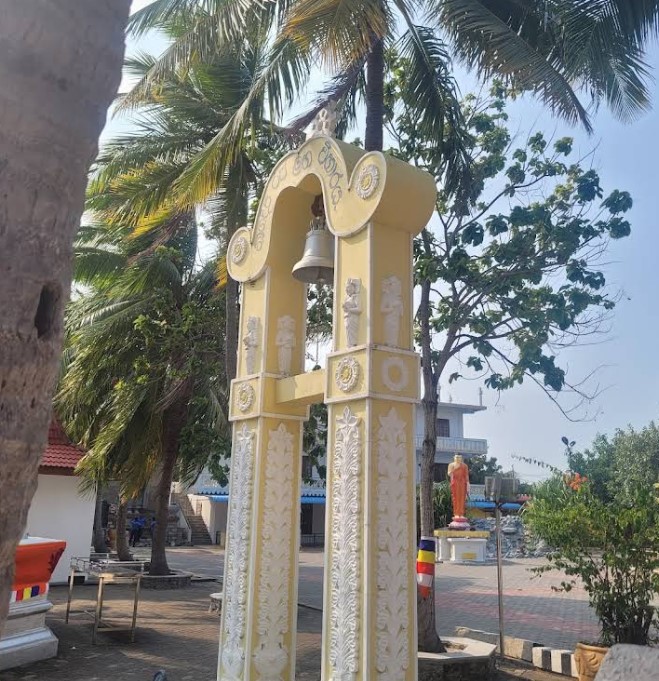
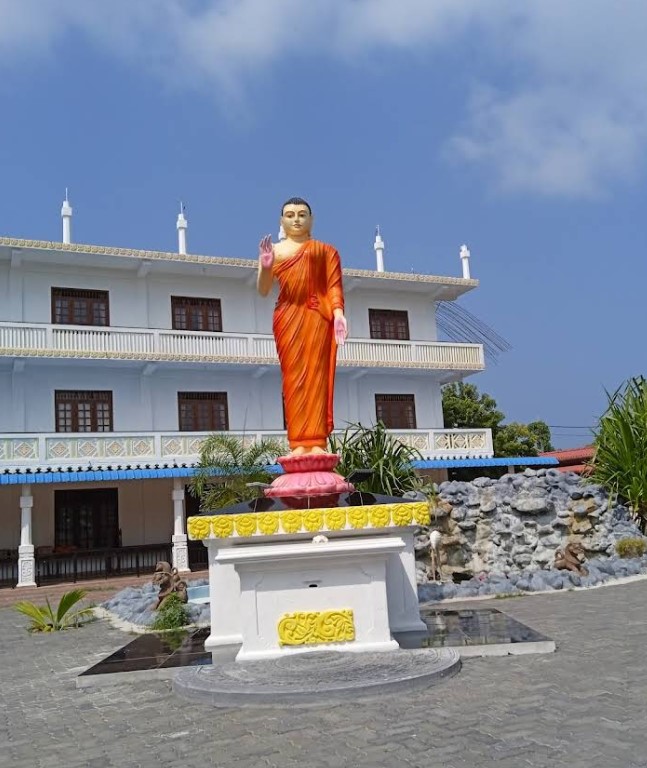
These two sacred sites lie only a stone’s throw from one another and have existed in peaceful coexistence for centuries. This religious coexistence is especially important in a nation that was once ravaged by decades of internal conflict and strife. Travelers to Nagadeepa typically visit both temples, reflecting Sri Lanka’s multicultural and multi-faith society.
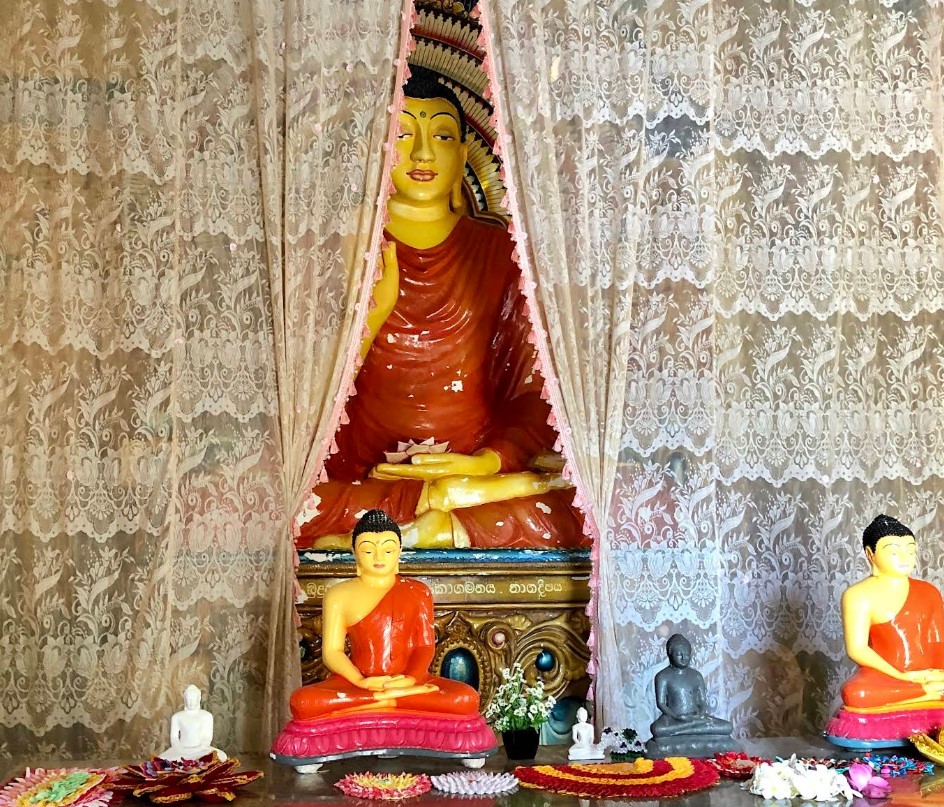
Architecture and Design
Nagadeepa Temple is not very big in dimensions, but it exudes peace and holiness. Key features are:
The Stupa
The white stupa (dagoba) in the middle signifies where the Buddha had preached to the Naga kings. Palm trees surround it and against the blue sea.
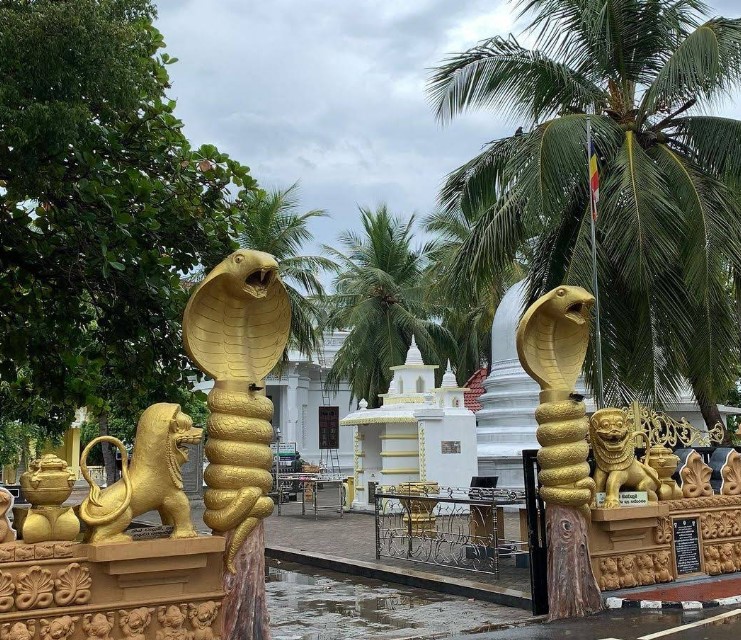
Image House
Image house contains statues and paintings that depict scenes from the life of the Buddha, especially when he was visiting Nagadeepa. The walls are covered with intricate murals describing Buddhist doctrine.
Sacred Objects
Inside the temple grounds are relics, Buddhist traditional flags, and holy Bodhi trees planted from saplings of the Jaya Sri Maha Bodhi tree at Anuradhapura.
Best Time to Visit:
Early morning or late afternoon (cooler and less crowded)
On Poya days for religious rituals ,Dress Code and Temple Etiquette,Dress modestly (cover shoulders and knees) Batırennesi Take off headgear and shoes prior to temple grounds
Present flowers, incense sticks, or oil lamps as oblations (optional)
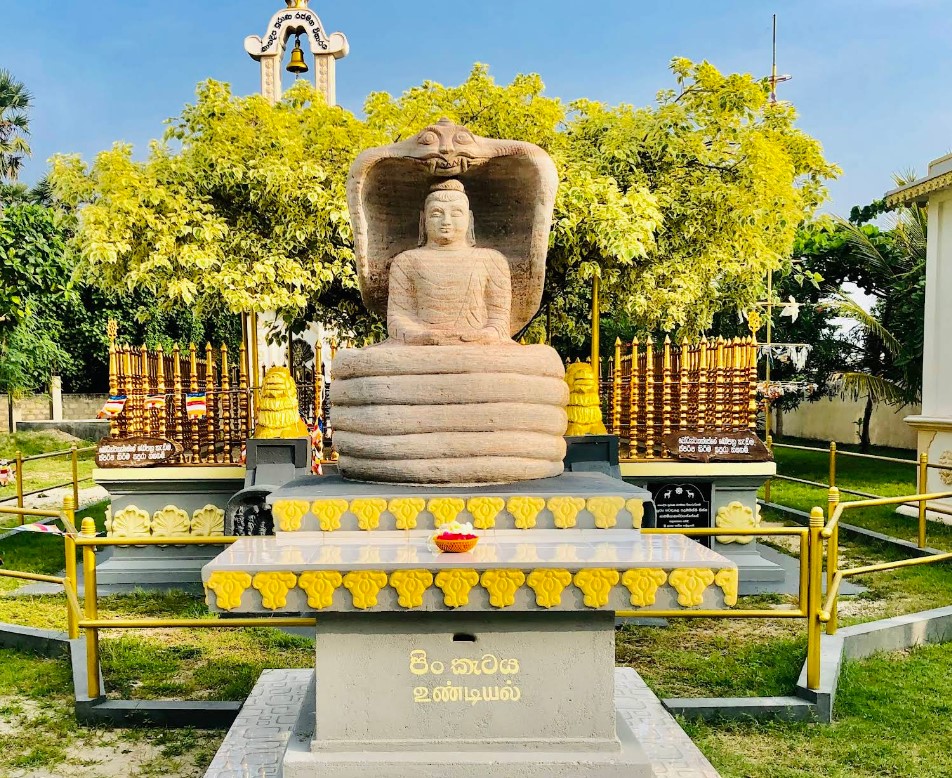
Photography allowed, but show respect to sacred sites and devotees
Nagadeepa War and Post-War
During Sri Lanka’s civil war (1983–2009), Nagadeepa was strictly controlled, and the temple deteriorated. Since then, however, the temple has been restored by the government and Buddhist communities, with the improvement of its facilities and their marketing as a national symbol of reconciliation.
Efforts to improve transport, build lodgings, and enhance security have served a great deal in reactivating religious tourism in the region. The Sri Lankan Navy also helps in maintaining order and running ferry services to the island.
Where Is Nagadeepa Temple?
- Location: Nainativu Island (also called Nagadeepa), off the coast of Jaffna in Northern Sri Lanka
- Distance from Jaffna City: ~30 km
Nagadeepa is a sacred Buddhist site and one of the 16 Solosmasthana (holy places visited by the Buddha).
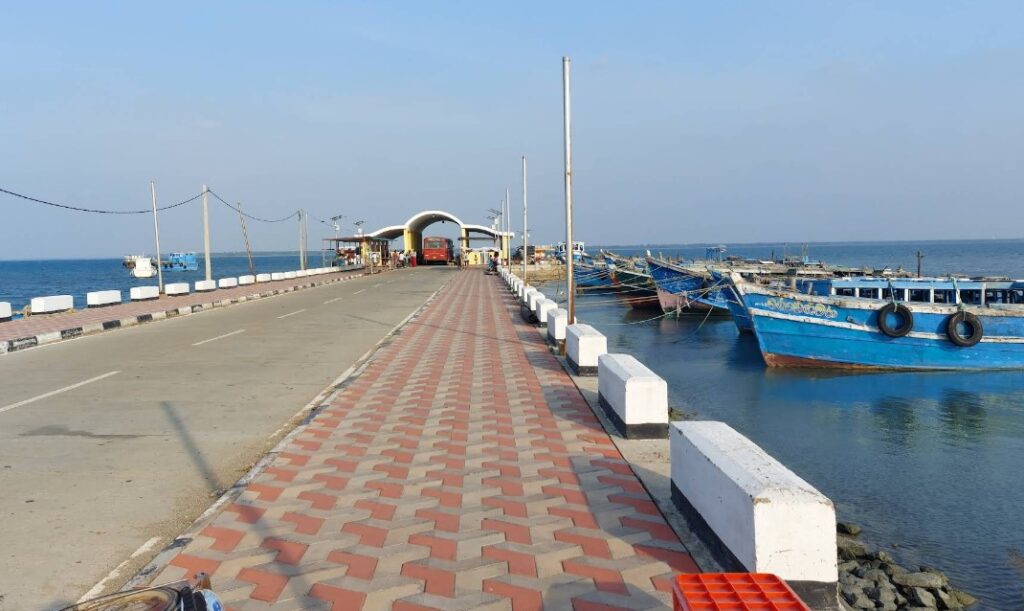
How to Get to Nagadeepa Temple
1. Reach Jaffna
From Colombo to Jaffna:
- By Train:
- Route: Colombo Fort → Jaffna
- Duration: 6.5–8 hours
- Cost: Rs. 300–1,200 (depending on class)
- Tip: Take the Yal Devi Express for comfort and scenery.
- By Bus:
- AC and non-AC intercity buses available (from Colombo or Kandy)
- Duration: 7–9 hours
- Cost: Rs. 800–1,500
- By Car/Taxi:
- Drive on A9 highway (Colombo → Vavuniya → Jaffna)
- Duration: 7–8 hours
2. From Jaffna to Kurikkaduwan Jetty (KKD Jetty)
- By Private Vehicle, Tuk-Tuk, or Bus
- Distance: ~30 km from Jaffna city
- Duration: ~1–1.5 hours
- Route: Jaffna → Pungudutivu → Kurikkaduwan (KKD Jetty)
- Public buses run frequently from Jaffna Bus Stand to Kurikkaduwan.
3. Take a Ferry to Nainativu (Nagadeepa Island)
- Ferry Service: Operates daily between Kurikkaduwan Jetty and Nainativu Island
- Duration: ~20–30 minutes
- Cost: Free or Rs. 30–100 per person
- Operated by: Sri Lanka Navy and private boats,Ferries typically operate from 6:00 AM to 6:00 PM
Travel Tips
- Dress Code: Modest attire (cover shoulders and knees)
- Shoes: Remove shoes before entering the temple
- When to Visit: Early morning or late afternoon to avoid heat
- Best Time of Year: December to April (dry season)
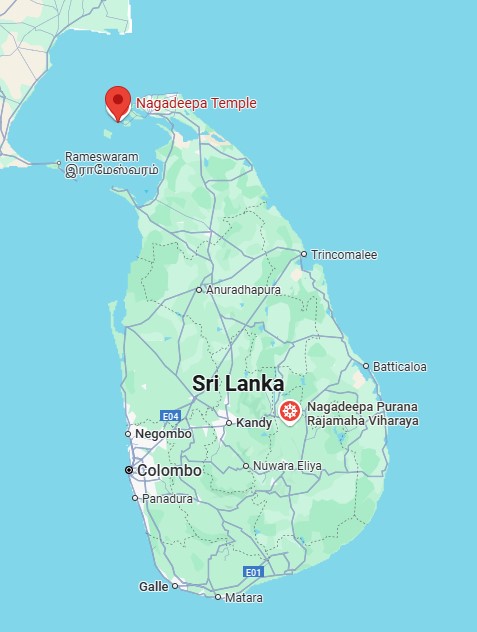
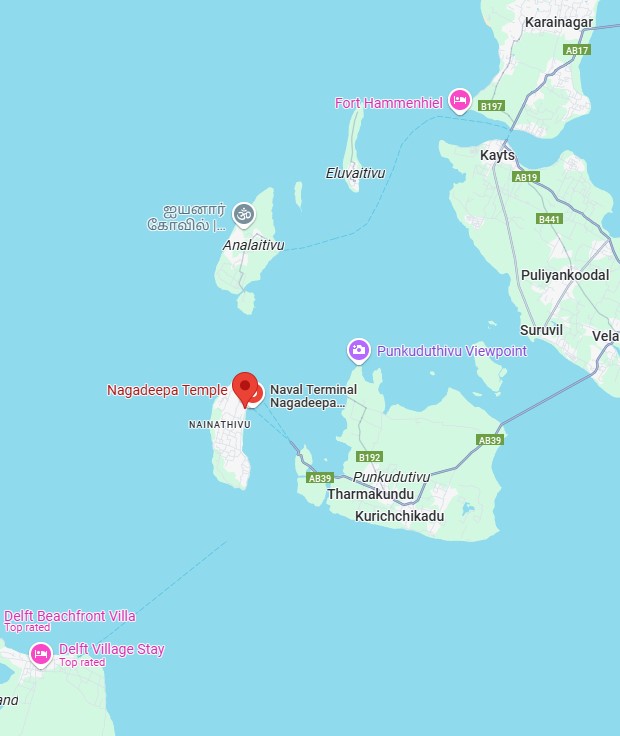





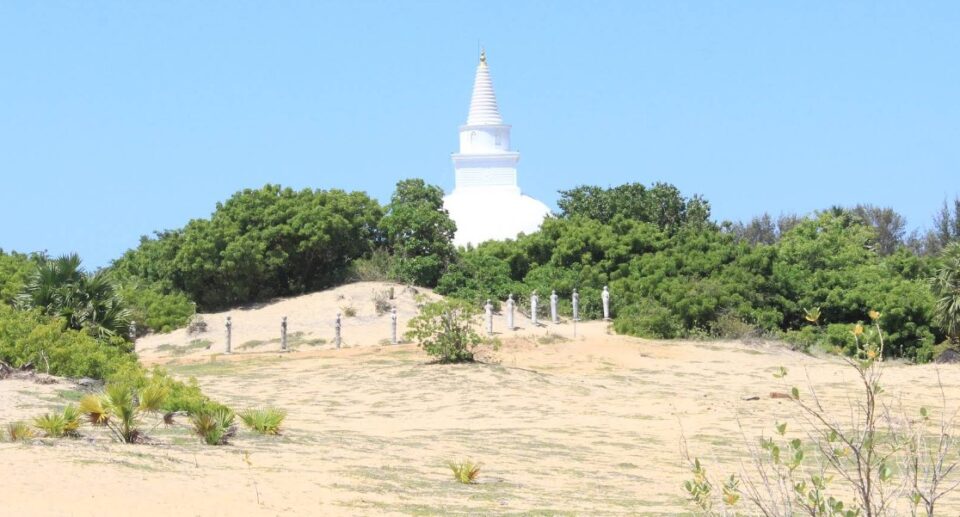
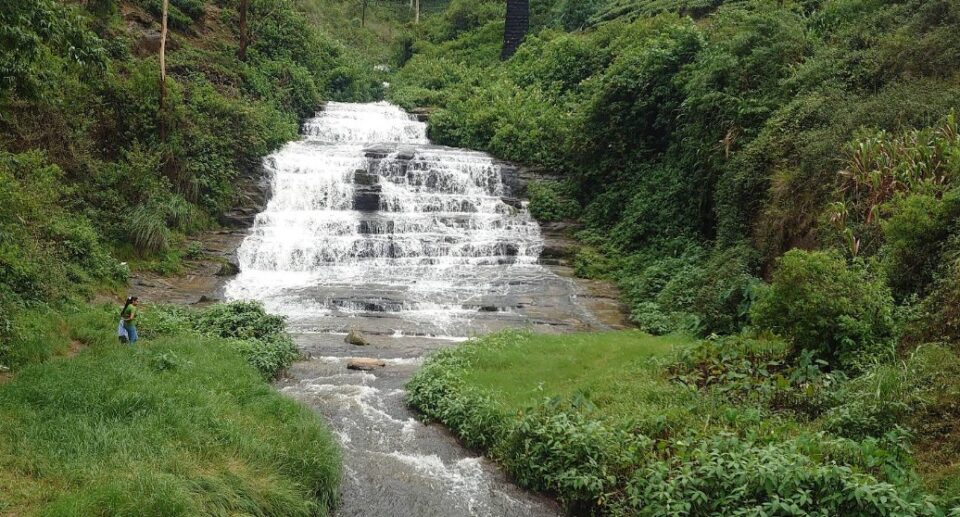
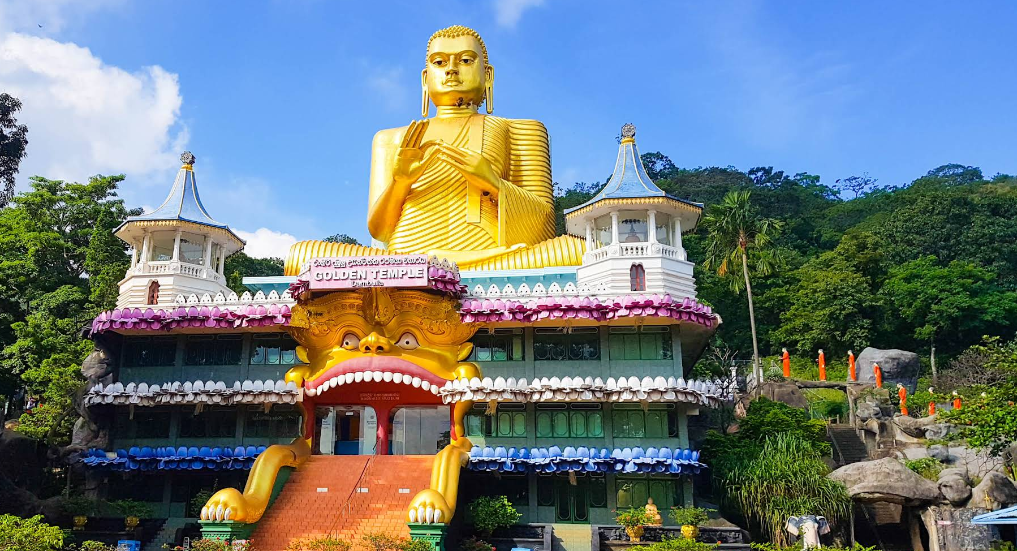
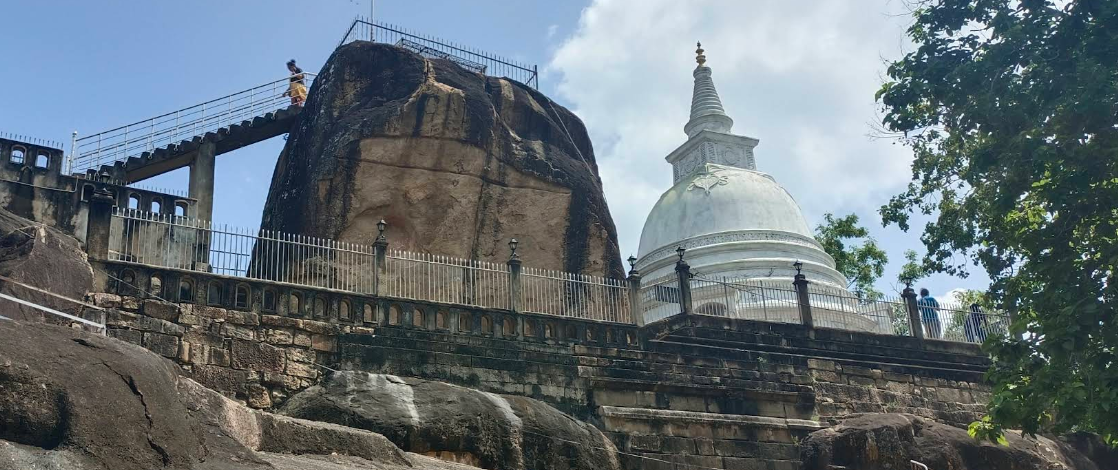
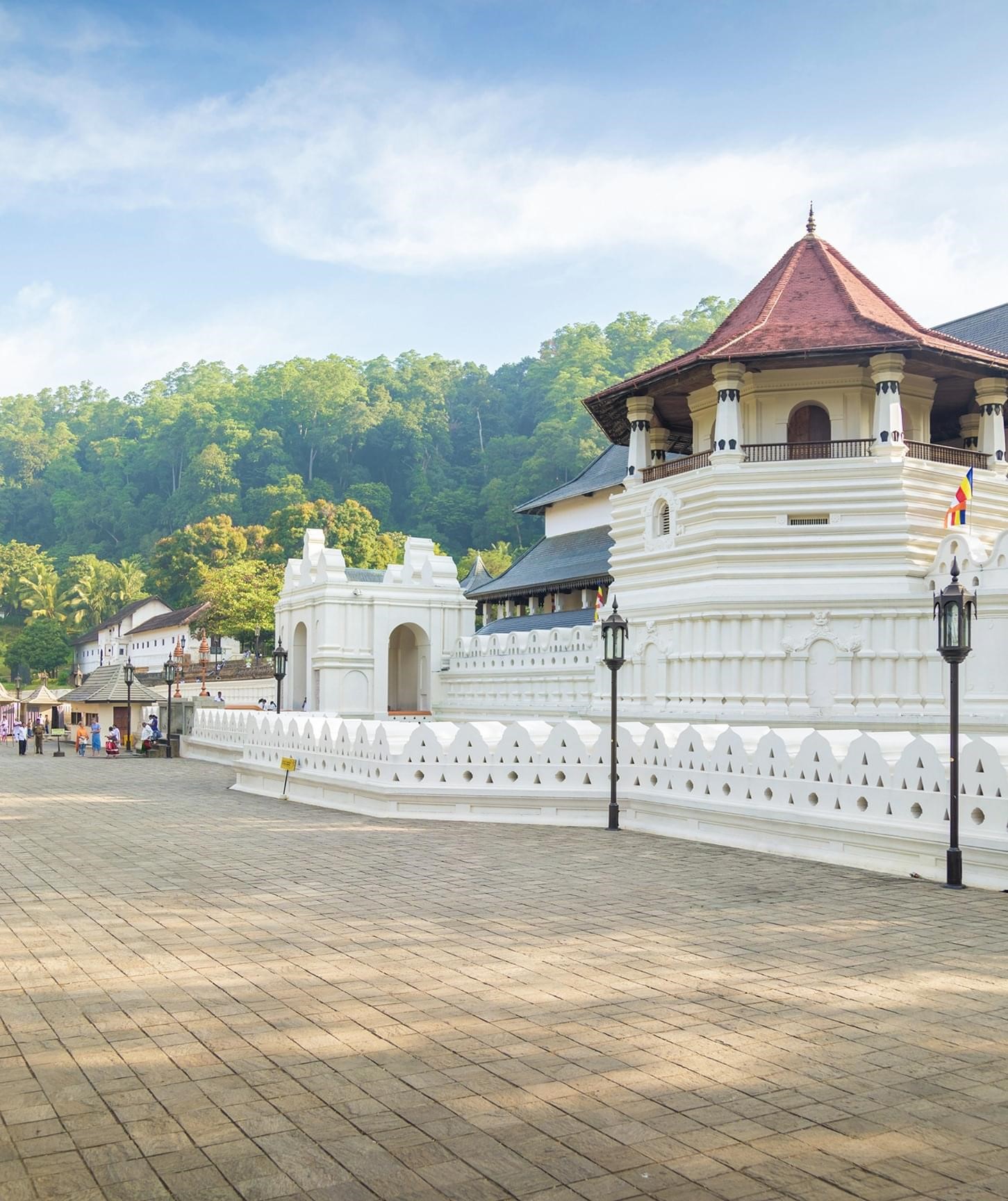
1 Comment
An interesting discussion is worth comment. I think that it is best to write extra on this topic, it might not be a taboo topic however usually people are not enough to talk on such topics. To the next. Cheers